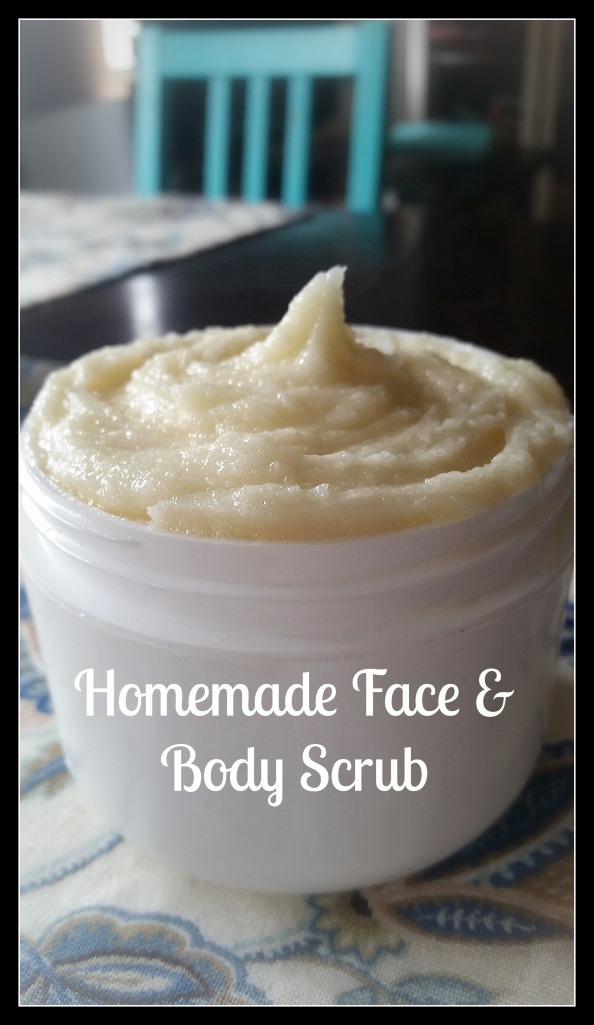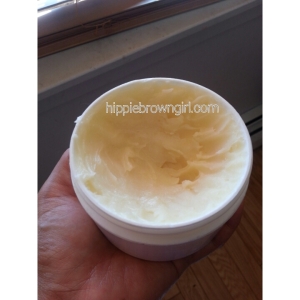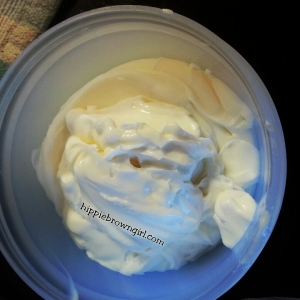How’s the weather where you are? Temperatures are starting to dip for us here in the Northeast and so my socks are being dug out from the bottom of my drawer.
I’m not much of a sock girl. I just love to be barefoot, even inside of shoes. I rarely wear sneakers (although I’ve been on the hunt for a great pair I love for years now!) and I spend as long as I possibly can in sandals – not flip flops though, I hate flip flops. My desire to be barefoot can’t compete with the fact that my feet are always the first part of my body to feel the change in weather though. On our first day with 40° F temperatures, I rummaged around a bit and found my favorite fuzzy socks. One of my favorite things to do is give myself a foot scrub, slather foot cream on and then immediately put my feet into thick socks. If you’ve never tried this, you have never felt the true awesomeness of buttery soft feet. This ritual can only be performed during the months of November and April for me because if it’s too warm out, things can get kind of gross. So as soon as the temperature permitted, I had to whip up a batch of this scrumptious cream!
This recipe makes 227 grams/8 ounces.
Water Phase
- 55 grams of colloidal oatmeal tea [see this post for how make it]
- 58 grams distilled water
- 9 grams raw honey
Oil Phase
- 15 grams kukui seed oil
- 7 grams castor oil
- 13 grams avocado oil
- 37 grams shea butter
- 7 grams beeswax (or other wax of your choice)
- 15 grams emulsifying wax
- 7 grams conditioning emulsifier/BTMS
Cool Down Phase
- 3 grams Optiphen
- peppermint essential oil (I like 2nd distill because it has more of a sweet candy cane scent but that’s up to you!)
- eucalyptus essential oil
For information about how to combine these ingredients, see this post
You can add peppermint and eucalyptus oils until you have the smell and tingle you prefer. I don’t really measure it when I’m making the cream because I smell to see if it’s ready but I don’t exceed 2 grams (that’s probably a lot!).
I promise your feet will be relaxed and silky soft! Spend all winter pampering your feet so they can be ready to be bare in the summer.









